This summer, it’s going to be all Homer all the time.
No artist matches the image of a Maine painter more than Winslow Homer, and no Maine painter is more closely aligned with the history of Maine art than Homer.
The Portland Museum of Art marks the 100th anniversary of the artist’s death by opening the vault and presenting its entire collection of oil paintings and watercolors.
“Winslow Homer and the Poetics of Place” opens Saturday and will be on view through Sept. 6. It’s the first time in two decades the museum has shown so many Homer watercolors at once because of exhibition restrictions associated with the paintings’ sensitivity to exposure to light.
“Poetics of Place” includes the entire gift of paintings and graphics from Charles Shipman Payson, as well as individual oils and watercolors given to the museum over the years. In all, there are 20 works of art in “Poetics of Place,” including several key paintings that define Homer’s place in American art history and establish New England and Maine as a dominant physical theme in his work.
The Saco Museum and the Farnsworth Art Museum in Rockland are also featuring Homer this summer. The Saco Museum shows a collection of Homer graphics beginning June 26, while the Farnsworth features Homer watercolors in its current show, “Homer to Hopper: American Watercolors from the Farnsworth Collection.”
The PMA Homer show is relatively small, occupying a second-floor gallery. But the significance of the exhibition dwarfs its scale.
With “Poetics of Place,” curator Thomas Denenberg has crafted an exhibition that explores Homer’s role in the formation of a national identity at the turn of the 20th century, and how Maine and New England influenced that view.
The exhibition also provides a strong exclamation on Homer’s history with the museum itself. Homer’s legacy lords over the museum at every turn.
He exhibited there while he was alive, and over time, the museum has become his symbolic and literal home. In 2006, the PMA purchased his last studio at Prouts Neck in Scarborough, where Homer spent the final 30 years of life and made many significant paintings.
The museum is in the process of restoring the studio to the condition it was in when Homer lived and worked there. The management of the studio and its role as a Homer study center figure prominently in the museum’s short- and long-term strategic plans.
‘THE CATALYZING MOMENT …’
Homer is a big part of the PMA’s present.
The Payson wing, which opened in 1983, was built for the specific purpose of creating an appropriate home for the Payson collection of Homer paintings.
“That gift was the catalyzing moment in the history of the museum,” Denenberg said. “Payson said, ‘I’ll give you the Homers, but you have to build a building for them.’ “
The museum’s Homer collection includes mostly watercolors of outdoor scenes. In another century, “Guide Carrying a Deer,” “Trappers Resting” or “Two Men in a Canoe” might have made perfect covers for an L.L. Bean catalog.
Instead, they created an image of rugged America.
Homer made these paintings in the last half of the 19th century, as America was transitioning from a rural to urban culture.
“These paintings became a huge symbolic rallying point for the country,” Denenberg said. “As we were moving into the Machine Age and the love of the city and away from the farm and village, we embraced the idea of wilderness. More than almost anyone, Homer plays a key role in how we envision that wilderness.”
The paintings have proven enormously popular. People in Portland like to see them, but they are often out on loan to other museums. When not on loan, most remain under wraps.
Because of their sensitivity to light, watercolors cannot be shown with the same frequency as oil paintings. That means the museum rations viewing opportunities. To be able to see all at once is a treat, Denenberg said.
“If we have something out on view for 12 weeks, we keep it in storage for 36 months,” he said. “We take one watercolor out at a time, two at most. If we lend them out, then they get embargoed. So this is the moment in quite some time that we can see them all together. After this, we will go back to parceling them out.”
“Poetics of Place” also includes at least two key oil paintings — “Weatherbeaten” and “Sharpshooter.”
Homer completed “Weatherbeaten” in 1894. It’s a scene of the white fury of the Atlantic surf breaking over the rocks outside the artist’s studio at Prouts Neck. During the past century, “Weatherbeaten” has become the standard against which all other sea paintings are measured. It’s the archetype of the genre, and a forceful portrayal of Maine as a remote outpost in a modern world.
“Sharpshooter,” from 1863, predates Homer’s time in Maine. During the Civil War, Homer worked as a war correspondent for popular magazines. He was a sketch artist offering visual reportage from the battlefield.
Completed after two battlefield stints in 1862, “Sharpshooter” shows a methodical Union soldier perched in a tree with a rifle to his eye. Presumably, he’s got a rebel in his sights. Homer portrays him in that moment just before he pulls the trigger.
“Sharpshooter” is also Homer’s first oil painting, and it signifies a moment of revelation for the artist, then in his late 20s. “It is at that time that he gets it in his head that he will be an artist,” Denenberg said.
Boston-born, Homer moved to Maine in 1883 to join his family at Prouts Neck. His brother had built a house on the neck, and his family was developing the land.
Homer had a carriage house from the family property moved to an adjoining lot, then engaged Portland architect John Calvin Stevens to transform the carriage house into his studio.
He stayed there for the rest of his life, using the studio as his outpost during the warm months of the year.
Homer often went south in the winter. But Prouts Neck was his home during the most productive years of his professional life.
And it was in that studio that Homer died on Sept. 29, 1910.
Staff Writer Bob Keyes can be contacted at 791-6457 or at:
bkeyes@pressherald.com
Send questions/comments to the editors.


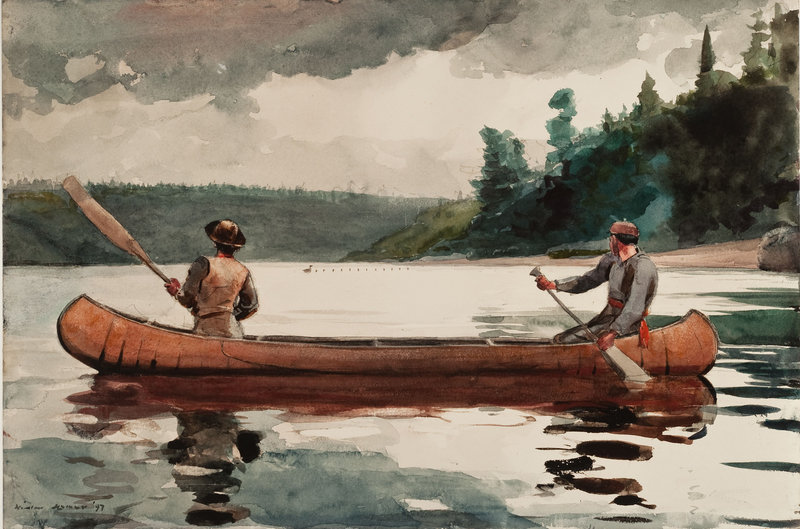
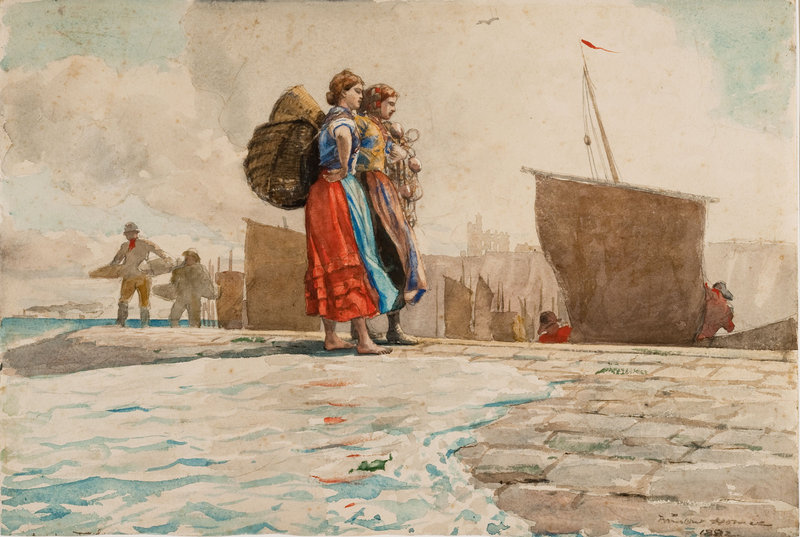
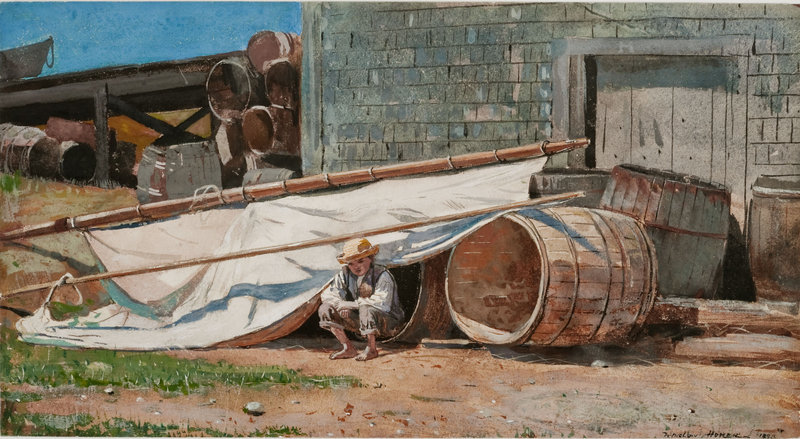
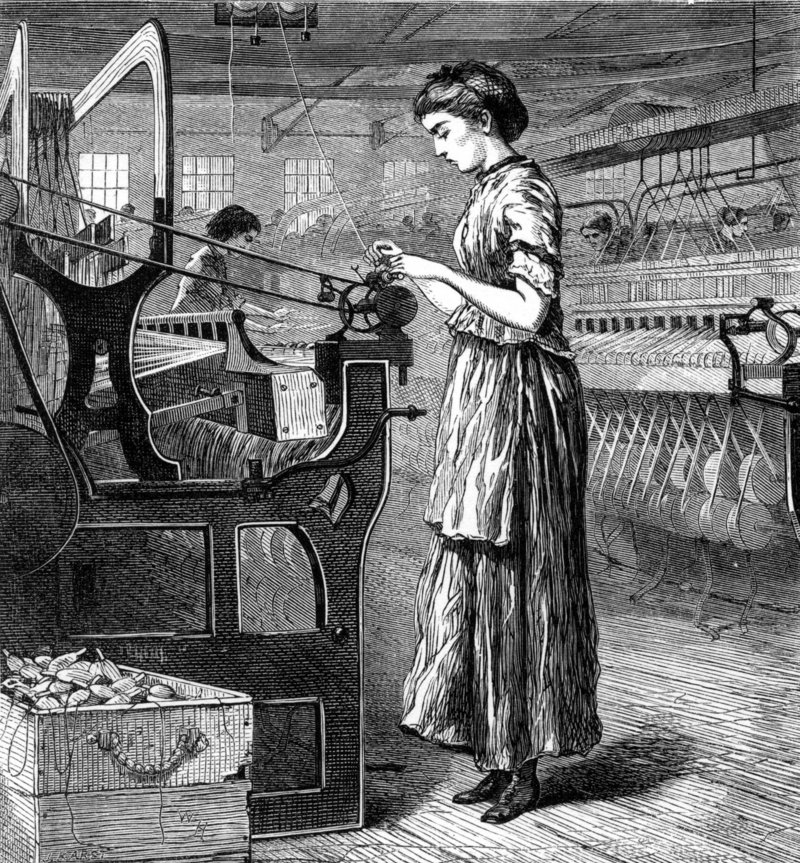
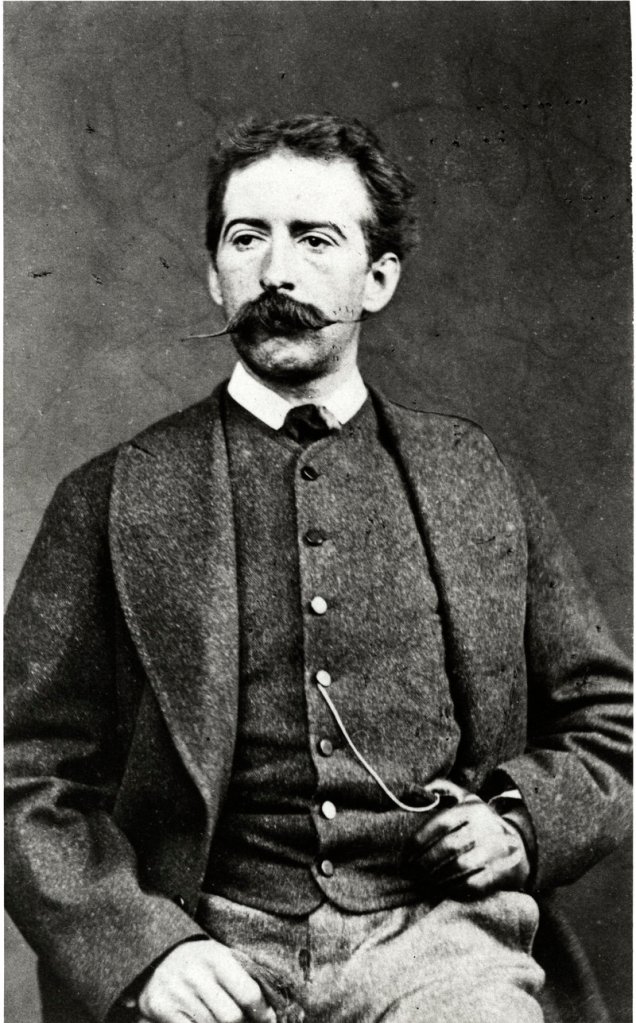

Success. Please wait for the page to reload. If the page does not reload within 5 seconds, please refresh the page.
Enter your email and password to access comments.
Hi, to comment on stories you must . This profile is in addition to your subscription and website login.
Already have a commenting profile? .
Invalid username/password.
Please check your email to confirm and complete your registration.
Only subscribers are eligible to post comments. Please subscribe or login first for digital access. Here’s why.
Use the form below to reset your password. When you've submitted your account email, we will send an email with a reset code.